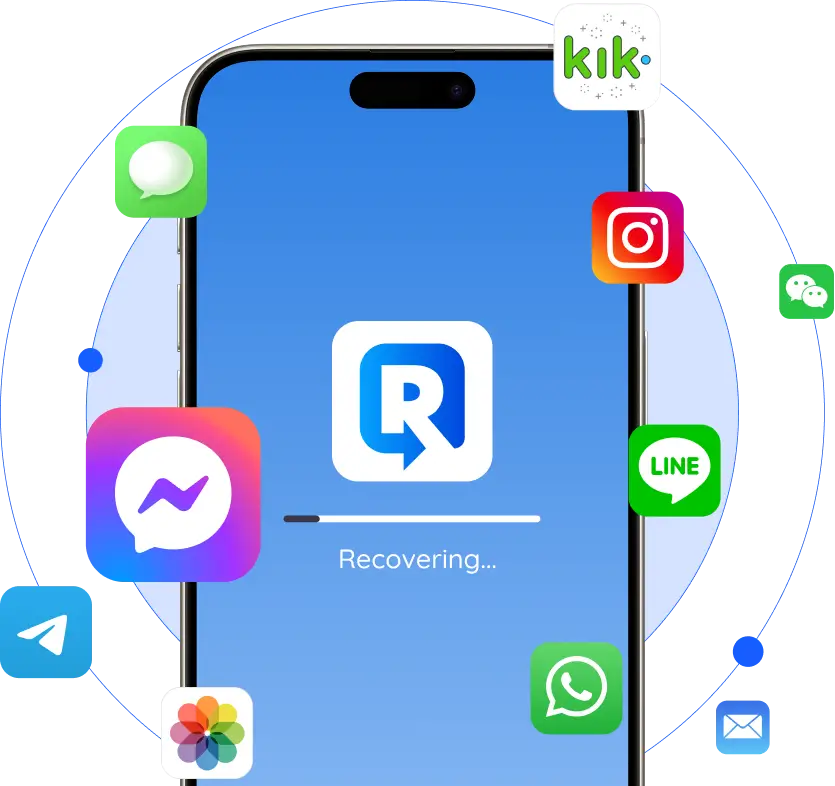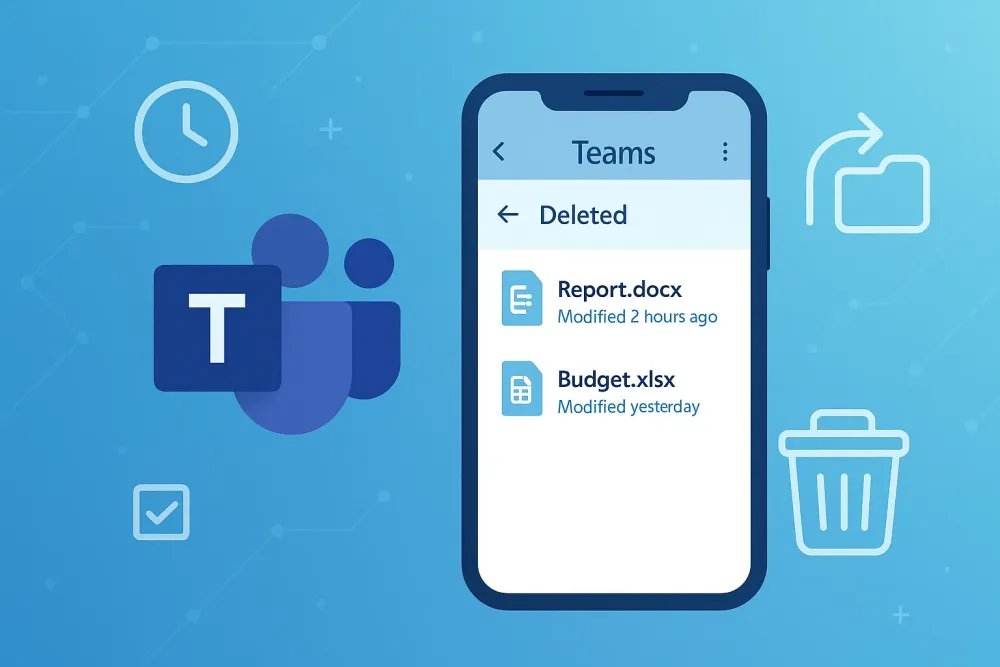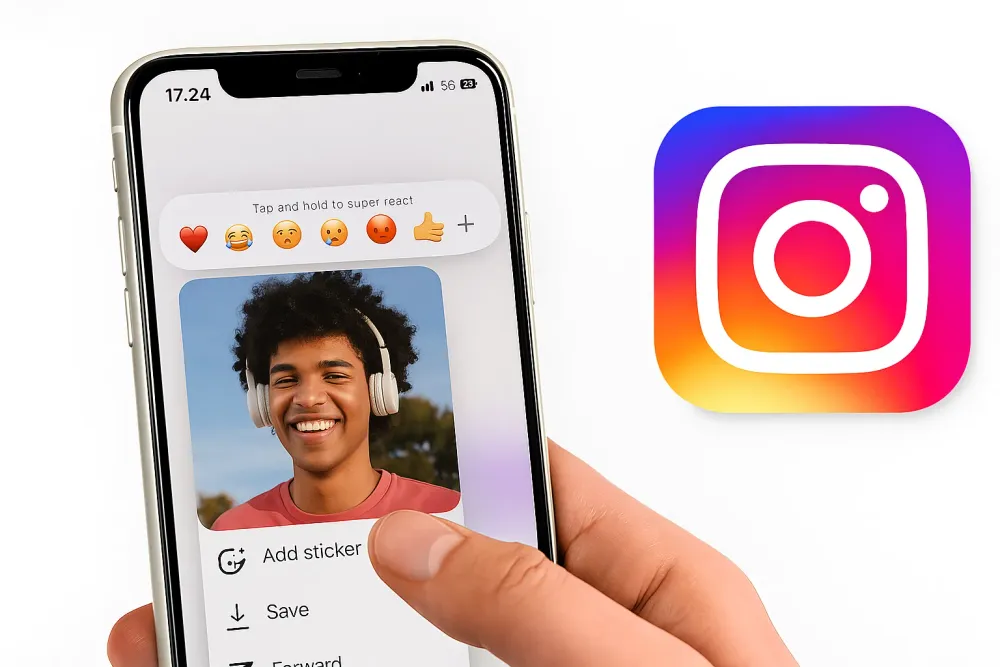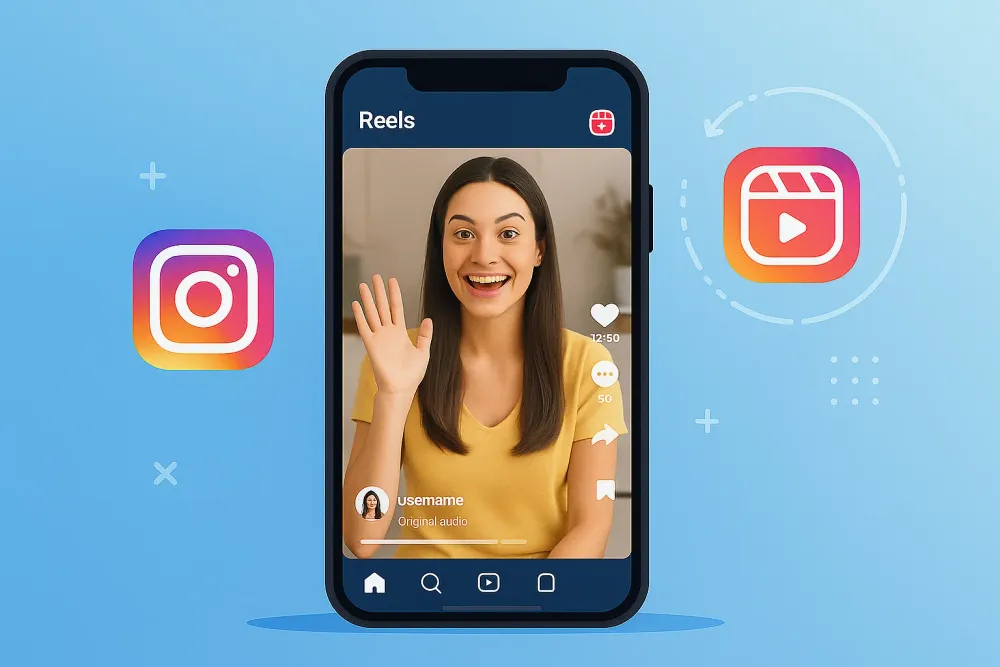You’ve probably heard of recovering deleted files from a laptop or external drive. Maybe you’ve even used a data recovery app to get back something you lost on your computer. But when it comes to your phone—especially an iPhone—the process can feel completely different, and often more complicated.
Why is that?
While both computers and smartphones store digital information, they do so in fundamentally different ways. From the type of storage hardware to file system behaviors and encryption rules, mobile data recovery follows a unique path. In this article, we’ll walk through how mobile data recovery differs from traditional computer recovery—and what that means for your lost data. For those new to this topic, understanding mobile data recovery fundamentals can provide valuable background context.
Storage Technology: Flash vs. Hard Drives
The most basic difference lies in where your data is actually stored.
Computers Use HDDs or SSDs
Most laptops and desktops store data on either traditional Hard Disk Drives (HDDs) or Solid-State Drives (SSDs). HDDs use spinning disks and mechanical arms—like a record player. They're slower but more forgiving when it comes to deleted file recovery. SSDs use flash memory, which is faster but handles deletion differently.
Phones Use Encrypted NAND Flash
Smartphones, particularly iPhones, rely on NAND flash storage that's deeply integrated with encryption. Data on iPhones isn’t just written to disk—it’s encrypted and locked behind multiple layers of security.
If the encryption key is deleted (as happens during a factory reset or secure erase), the data becomes inaccessible—even if it's still physically on the device. This encryption challenge is particularly relevant when recovering data from dead iPhone devices, where traditional recovery methods may fail.
File Systems: Open vs. Optimized and Encrypted
Computer File Systems Are More Flexible
Windows systems use NTFS or FAT32. macOS uses APFS or HFS+. These file systems allow recovery software to scan sectors, recover partially deleted files, and even reconstruct damaged file structures.
Mobile File Systems Restrict Access
iPhones use APFS as well, but with tighter restrictions. iOS doesn’t give users or apps raw access to the file system, meaning third-party tools can’t simply scan your phone’s memory like they can on a PC.
Android has more flexibility but still places limits on recovery unless the device is rooted—a process that comes with risks.
System Access: Open Platform vs. Walled Garden
Computers Let You Go Deep
On a PC or Mac, you can install nearly any software, access system files, mount storage devices, and run command-line recovery tools. This openness makes recovery much easier.
Smartphones Are Locked Down
iPhones are part of a closed ecosystem. You can’t install apps that scan other apps’ data, and you can’t browse your phone’s root folders. Even when connecting to a computer, the phone needs to be unlocked and “trusted” before any external software can access limited parts of its memory.
In short, the security that protects your phone from hackers also limits your recovery options.
Encryption: A Double-Edged Sword
Mobile Encryption Is Tighter by Design
Modern smartphones prioritize privacy. The Secure Enclave on iPhones manages hardware-level encryption keys. If you erase the device, iOS securely destroys those keys. Without them, data—even if present—is unreadable.
Computer Encryption Is More User-Controlled
PCs and Macs may offer encryption (like BitLocker or FileVault), but it's often optional, and users have more control over keys. If you still have the password or recovery key, you can often decrypt and recover files—even after deletion.
This is a major reason why recovery success is generally higher on computers than on smartphones.
Tools and Techniques: Specialized vs. General Purpose
Desktop Recovery Tools Are Plentiful
There are dozens of well-established tools for recovering data from computers, including:
● Scanning lost or deleted partitions
● Recovering from formatted disks
● Rebuilding corrupted file systems
These tools often work on internal drives, external USBs, SD cards, and more.
Mobile Recovery Requires Different Approaches
Because of mobile operating system restrictions, recovery tools use different strategies:
● Scanning iCloud or iTunes backups
● Extracting app data still stored in sync folders(which is particularly useful for retrieving old text messages from messaging apps)
● Analyzing temporary storage areas before they're wiped
Some tools require you to connect your phone to a computer to scan for deleted data—since mobile apps themselves can't access deep system areas.
Summary Table: Key Differences
Feature | Computers | Smartphones (iPhone) |
|---|---|---|
Storage Type | HDD or SSD | Encrypted NAND Flash |
File System Access | Full (e.g. NTFS, HFS+) | Restricted (e.g. APFS with limits) |
Encryption | Optional, user-controlled | Mandatory, hardware-integrated |
System Access | Open (Admin rights possible) | Closed (requires device trust) |
Tool Availability | Broad, powerful, customizable | Specialized, limited by OS |
Recovery Flexibility | High | Limited without backup or key |
Can Mobile Recovery Be Successful?
Yes—but it depends on what happened, how long ago it happened, and whether you have a backup. Phones are harder to recover from, but not impossible—especially if action is taken quickly.
If your iPhone still works and you haven't overwritten the data, free data recovery software can often help. These tools are especially effective for recovering permanently deleted files that might seem lost forever.
Try GByte Recovery for iPhone Data Loss
If you’ve lost data on your iPhone and have no backup, GByte Recovery offers a powerful yet safe solution.
● No jailbreak required
● Works without prior iTunes or iCloud backup
● Lets you preview what’s recoverable before restoring
● Supports selective recovery—only keep what you need
● Keeps your existing data untouched
Connect your iPhone, run a scan, and discover what you can recover—before it’s too late.







